Many drivers explain that this is a deliberate act. When a tanker carrying gasoline or oil moves, these substances will come into contact with the dry air inside the tank, this air will rub against the tank wall, easily causing an electric shock.
When moving on the road, oil tankers often drop a metal chain that touches the road surface. (Illustration: TGXT)
To solve this phenomenon, people use a chain (with high conductivity) to quickly convert these charges into electric current and transmit it to the ground to neutralize the electricity, avoiding fire and explosion.
Static electricity can occur not only when a tanker truck is moving, but also when filling a tank with fuel or vice versa. In this case, specialized equipment is used to neutralize the electricity, such as the RTR - Road Tanker Grounding (Earthing) system.
In addition, below are explanations of some common phenomena for trucks and tankers that many people do not understand:
Rubber bands on tires: Due to the nature of transporting goods and often transporting goods over long distances, drivers attach homemade rubber bands in bunches on the wheels to clean dust and mud so that traffic police can easily control when looking at the tire specifications. Besides, it reduces the time to wash the tires later.
Tire rubber straps are a homemade but important item for trucks and tankers.
Truck hood water: According to experienced truck drivers, the hood water is usually attached to the front of the vehicle to store water for personal use. In addition, to help cool the engine, this water is discharged into the radiator. Trucks carrying heavy loads, traveling long distances and often climbing slopes cause the engine, tires and brake pads to heat up very quickly. Therefore, the hood water is connected to these locations to cool down, limiting the phenomenon of brake inertia and tire explosion.
When engine and cooling technology was not yet developed, the hood water was often placed on the front of the car with the purpose of taking advantage of the water pressure from above. Currently, the water tanks are mounted on the side or wheel positions and discharged directly onto the rims and tires.
Single and double axles: Heavy-duty trucks often use double axles (one or two adjacent front and rear wheels) to distribute force and grip better. Many trucks today also have "fake" axles that can be raised or lowered depending on the weight of the truck. When the truck is running with a light load, the driver does not need to use double axles to avoid tire wear and save fuel.
Source VTC
Source link


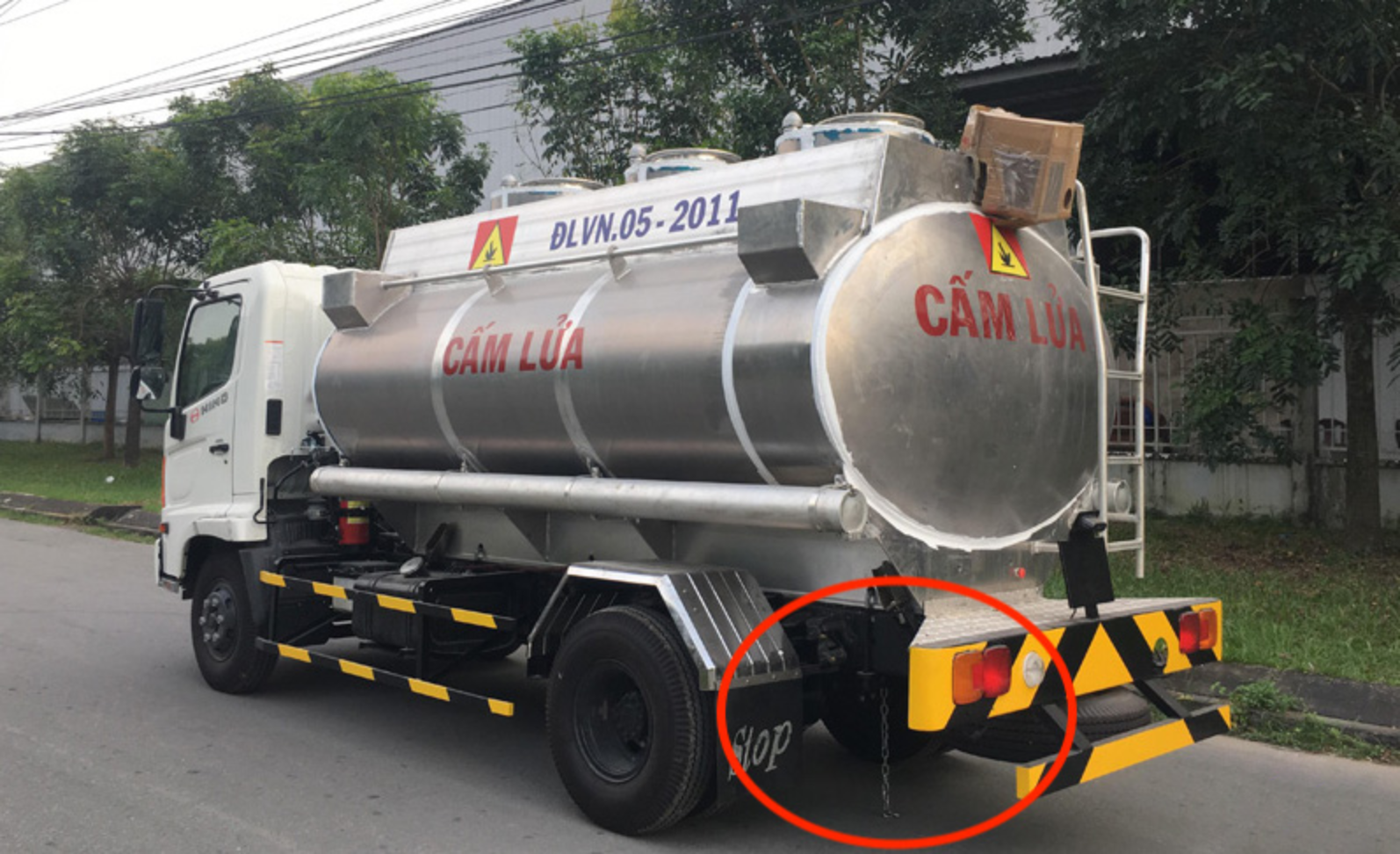
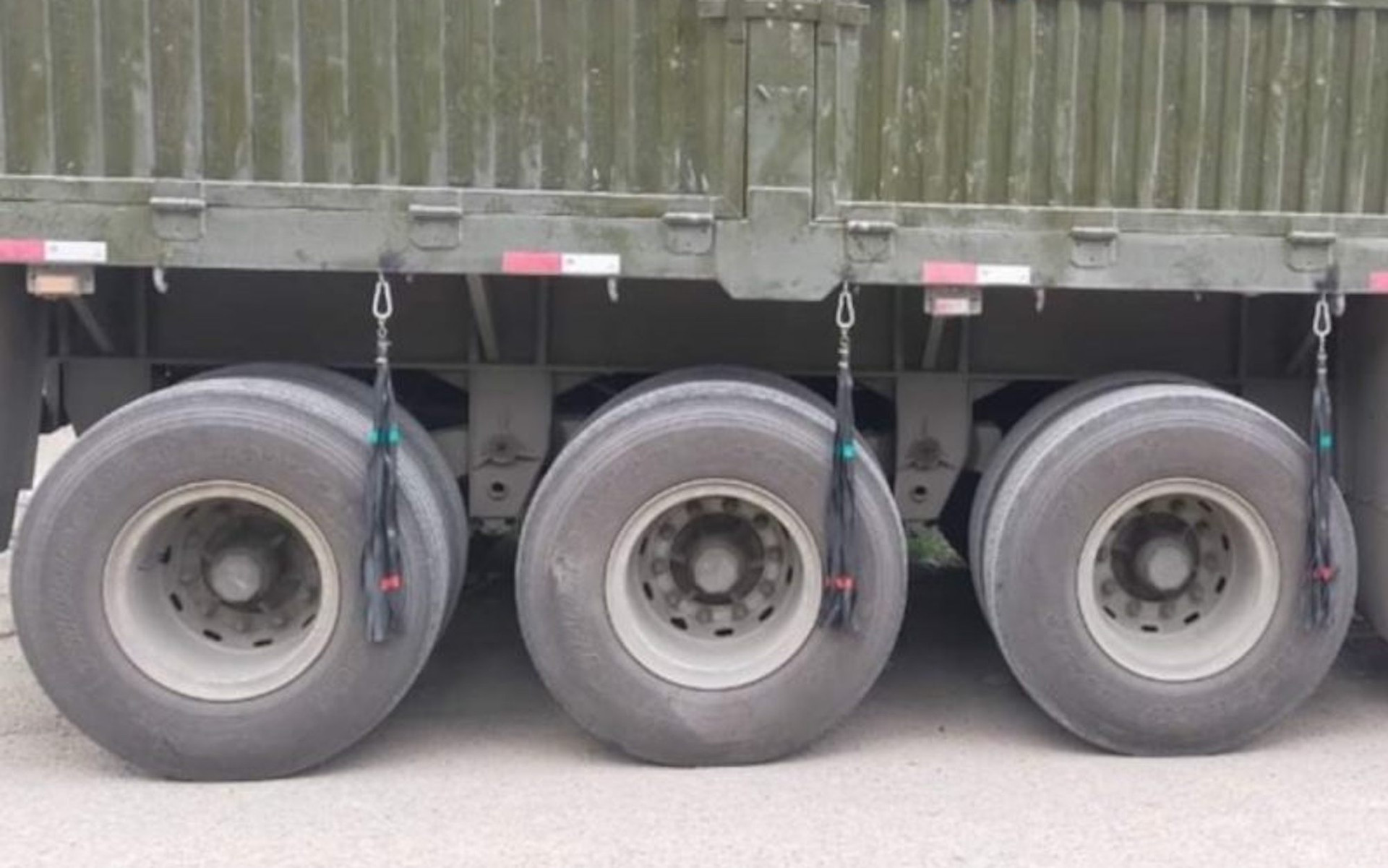





























![[Photo] National Assembly Chairman Tran Thanh Man visits Vietnamese Heroic Mother Ta Thi Tran](https://vphoto.vietnam.vn/thumb/1200x675/vietnam/resource/IMAGE/2025/7/20/765c0bd057dd44ad83ab89fe0255b783)


































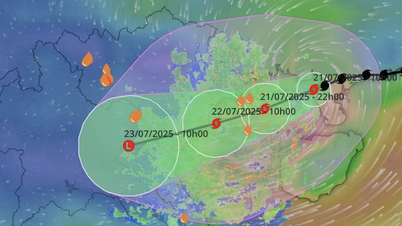

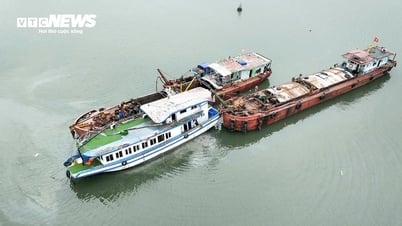


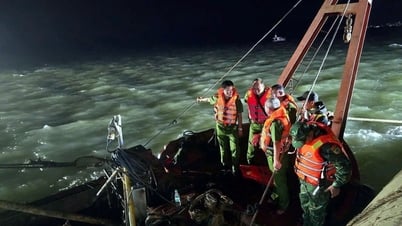




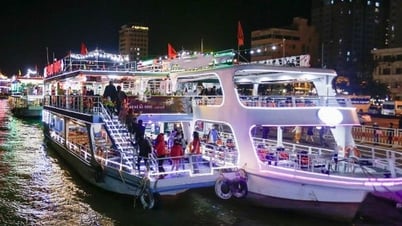

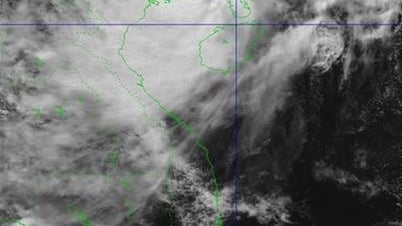



















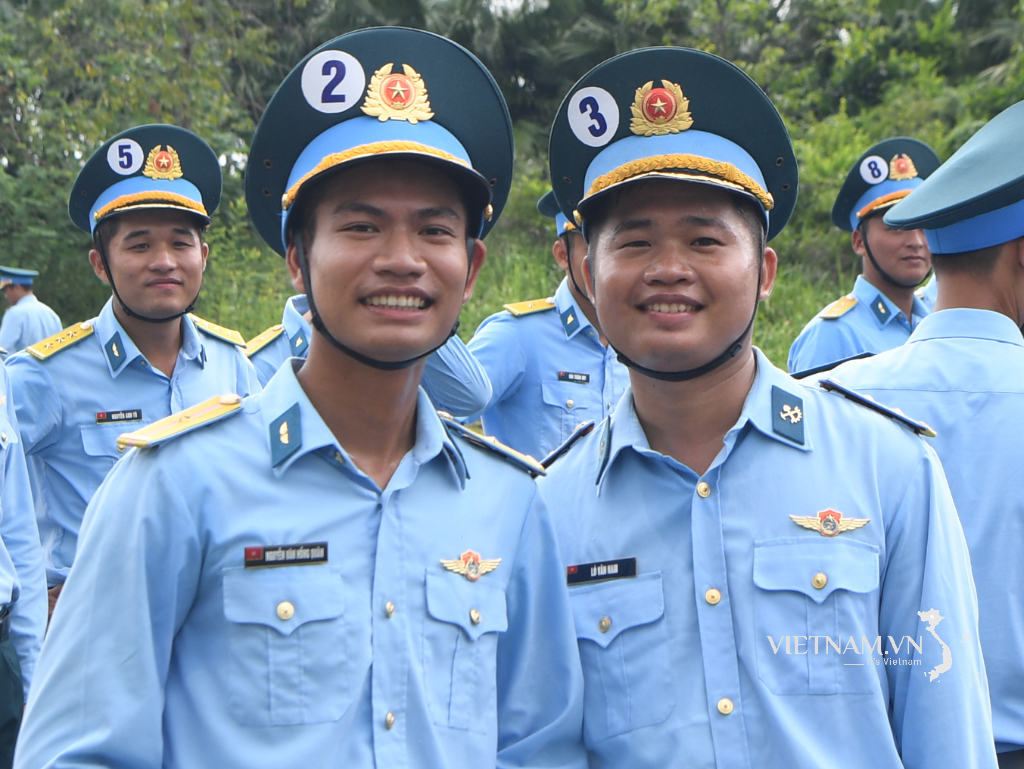



Comment (0)